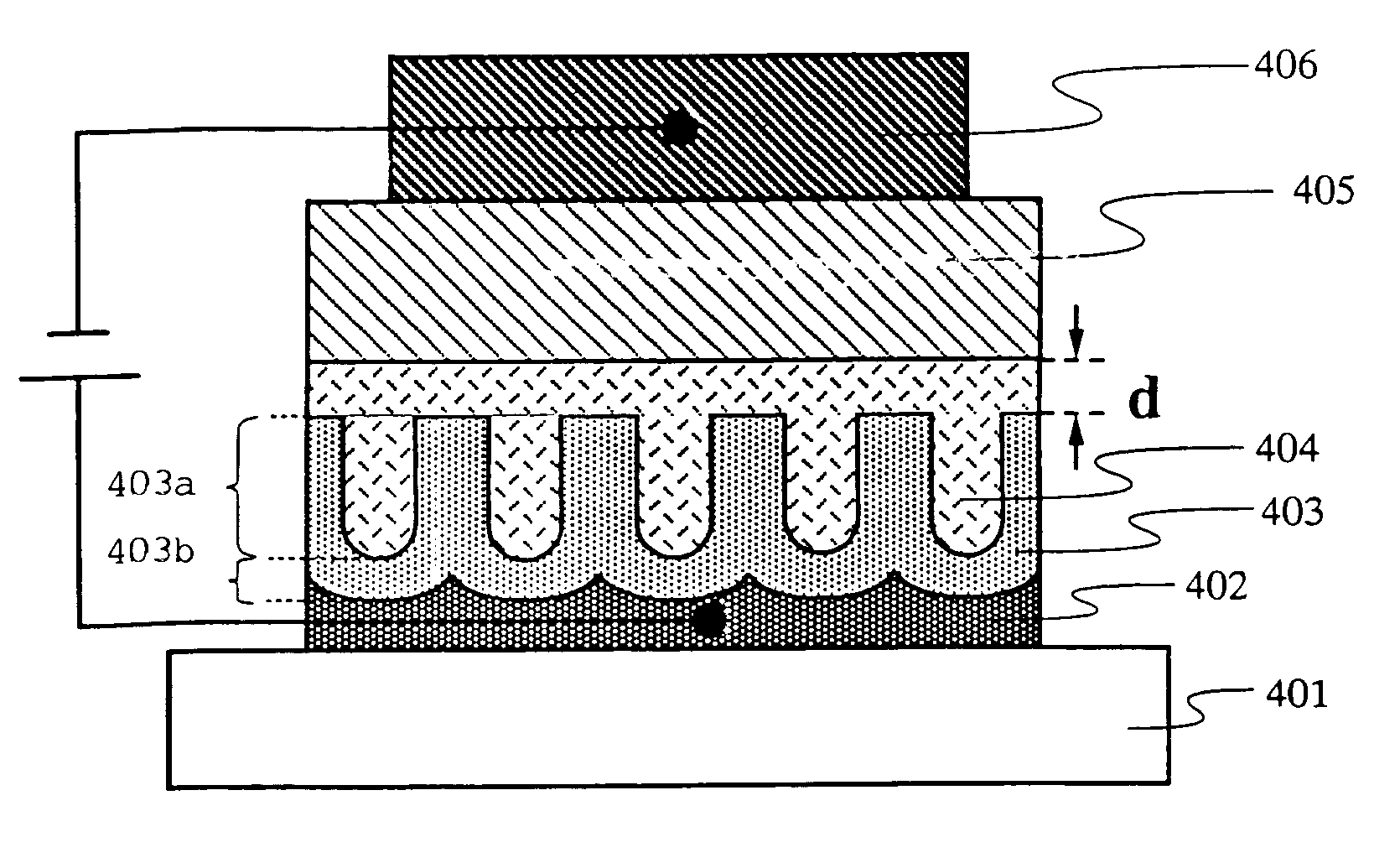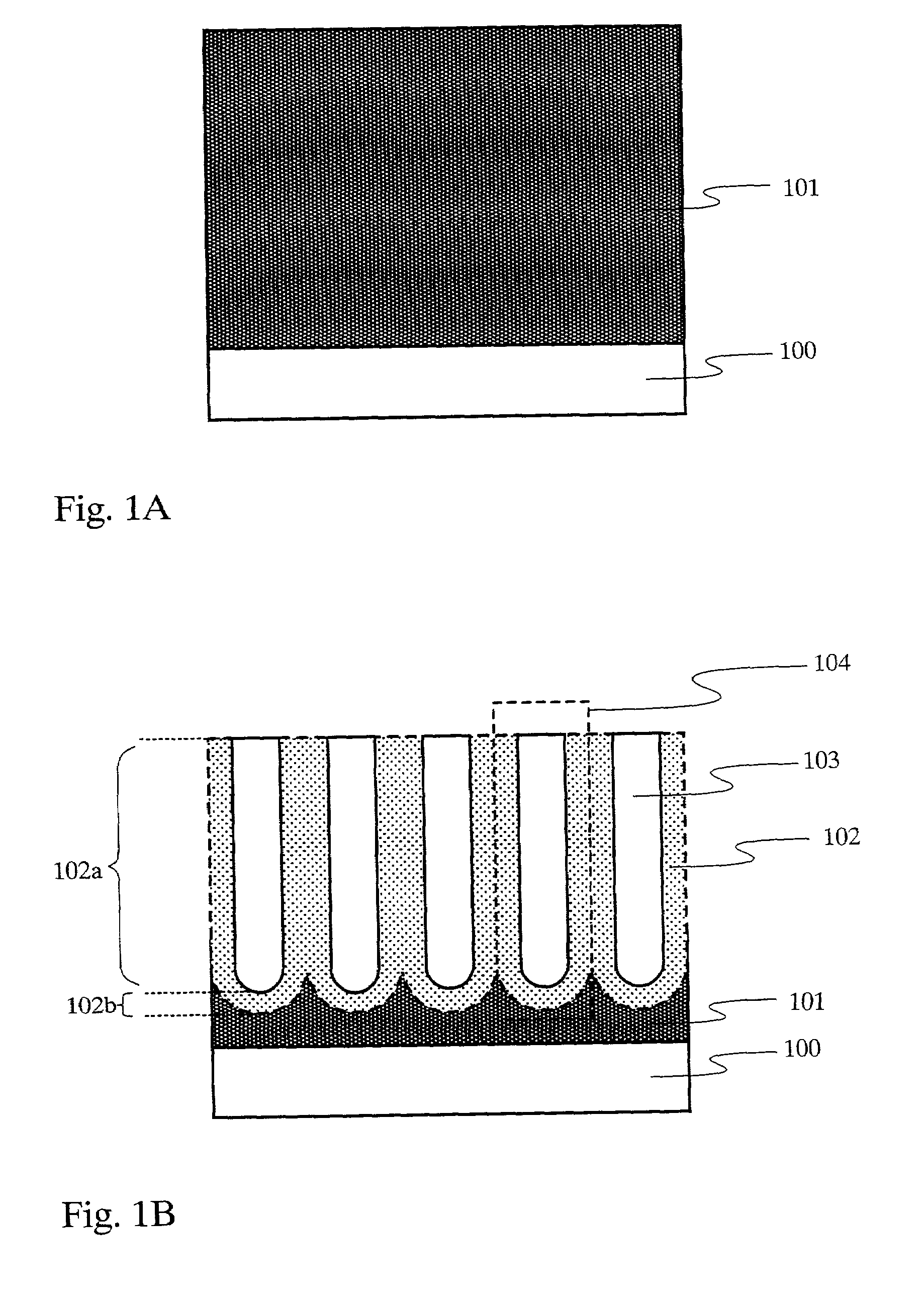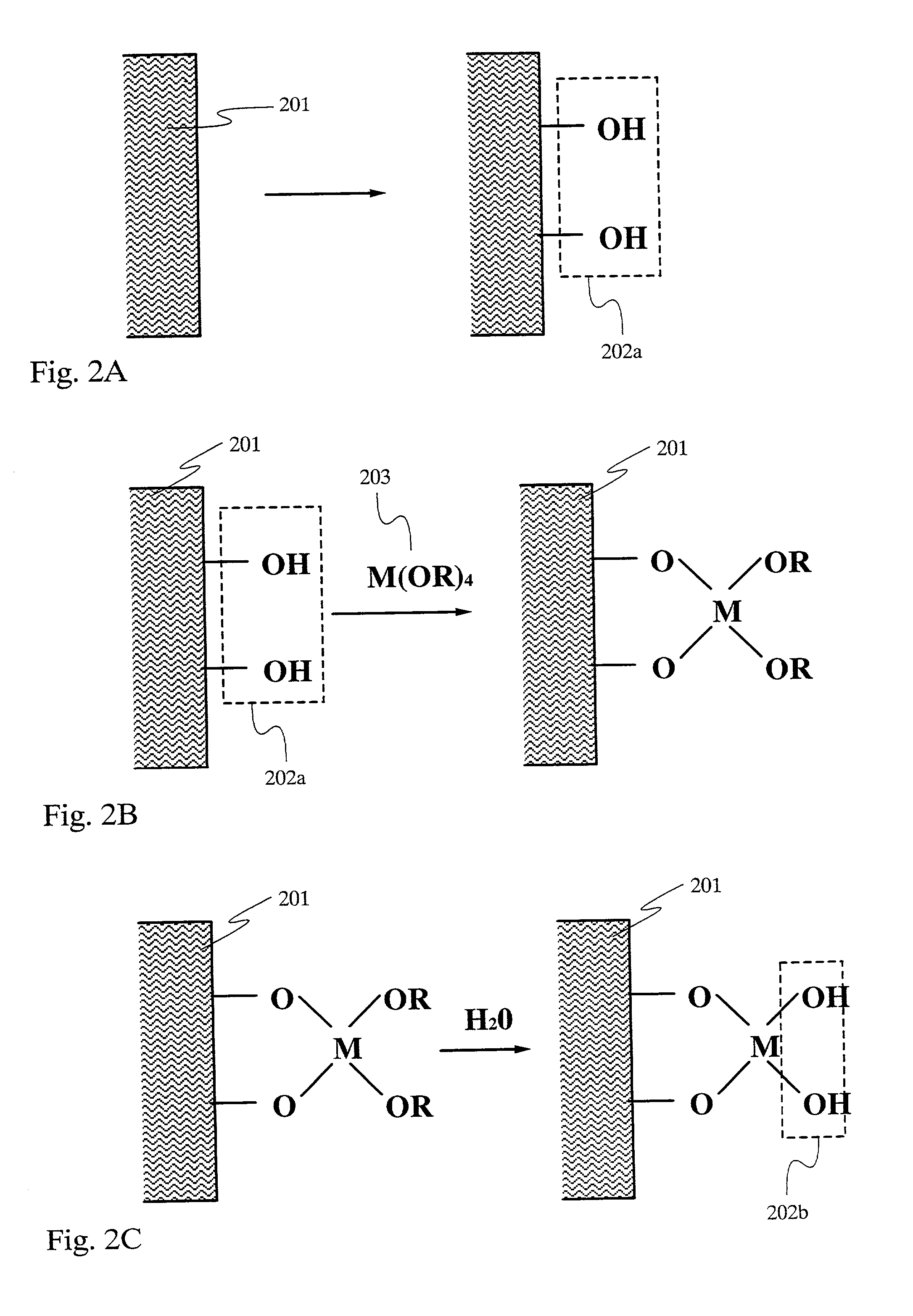Light emitting device
a technology of light emitting device and light source, which is applied in the direction of discharge tube luminescnet screen, discharge tube/lamp details, electric discharge lamps, etc., can solve the problems of difficult in many directions, hindering cost reduction, and affecting the stability of the driver of the element, so as to improve the driver stability of the element and reduce the cost. , the effect of low cos
- Summary
- Abstract
- Description
- Claims
- Application Information
AI Technical Summary
Benefits of technology
Problems solved by technology
Method used
Image
Examples
embodiment 1
[Embodiment 1]
[0077]In this embodiment, an element in which a porous oxide film is formed using anodization, as shown in FIGS. 1A and 1B will be described with a concrete example. A method in which a pixel electrode is formed using tantalum (Ta), an anodization is performed using Ta as the anode, and a film is formed from the anode side will be described with an example. An element structure is shown in FIG. 4.
[0078]First, Ta is formed as an anode layer 402 on a glass substrate 401 by sputtering. At this point, it is required that a Ta film to be formed has a sufficient thickness (˜1 μm). This is because the film surface becomes an oxide film by anodization processing as described later.
[0079]Next, anodization processing is performed using the formed Ta film as an anode in an oxalic acid solution to form an oxide film 403. The oxide film 403 is composed of a porous layer 403a having pores vertical to the film surface and a barrier layer 403b in which the number of holes is relativel...
embodiment 2
[Embodiment 2]
[0085]In this embodiment, an element in which a metal oxide porous body is formed using a sol-gel method, as shown in FIGS. 2A to 2C will be described with a concrete example. In a case of sol-gel method, the pixel electrode is formed using Ta or indium tin oxide (ITO) since the metal oxide porous is formed besides the electrode. A method of forming a film from an anode layer side using tantalum (Ta) as the anode layer will be described with an example. An element structure is shown in FIG. 5.
[0086]First, Ta is formed as an anode layer 502 on a glass substrate 501 by sputtering. A Ta film formed in this embodiment preferably has a thickness such as it sufficiently functions as an electrode (concretely, about 100 nm).
[0087]Next, an oxide porous layer 503 (Ta2O5 in this embodiment) is formed on the anode layer 502 by a surface sol-gel method. Penta-n-propoxytantalum (Ta(O-n-C3H7)5; liquid in a room temperature)) is used as a raw. First, the anode layer 502 for which hydr...
embodiment 3
[Embodiment 3]
[0094]In this embodiment, an element into which zeolite is introduced as a metal oxide porous body, as shown in FIGS. 3A and 3B will be described with a concrete example. In case of introducing zeolite, the metal oxide porous body is formed besides the electrode. An organic EL element manufacturing method of forming a film from the side of a transparent electrode (an anode layer), which is a pixel electrode, will be described with an example. An element structure is shown in FIG. 6.
[0095]First, the indium tin oxide (ITO) which is a transparent electrode is formed as an anode layer 602 on a glass substrate 601 by sputtering and then coated with an aqueous solution of sodium silicate and sodium aluminate. Then, thermal treatment is performed at 100° C. for 6 hours to form zeolite X (cation metal is sodium) (a zeolite film 603).
[0096]Next, when the promotion of phosphorescence by the heavy atom effect is considered, the cation metal of the zeolite X is transformed from so...
PUM
 Login to View More
Login to View More Abstract
Description
Claims
Application Information
 Login to View More
Login to View More - R&D
- Intellectual Property
- Life Sciences
- Materials
- Tech Scout
- Unparalleled Data Quality
- Higher Quality Content
- 60% Fewer Hallucinations
Browse by: Latest US Patents, China's latest patents, Technical Efficacy Thesaurus, Application Domain, Technology Topic, Popular Technical Reports.
© 2025 PatSnap. All rights reserved.Legal|Privacy policy|Modern Slavery Act Transparency Statement|Sitemap|About US| Contact US: help@patsnap.com



